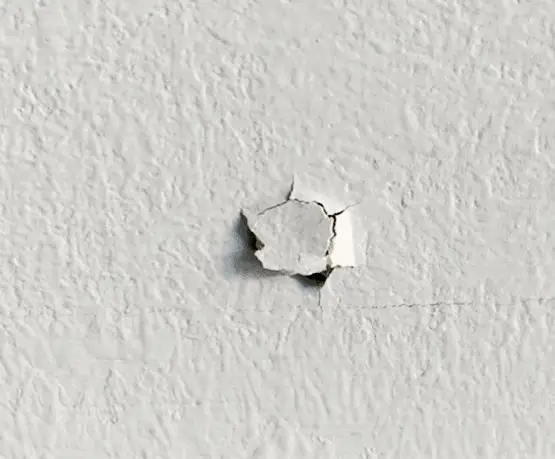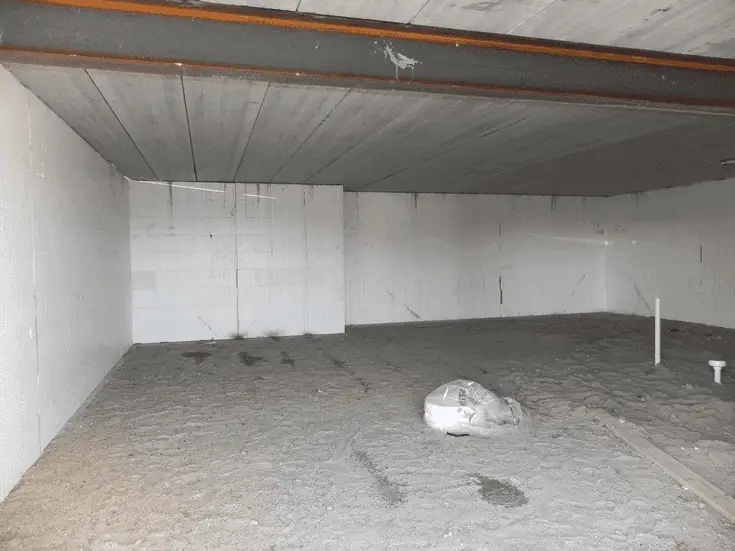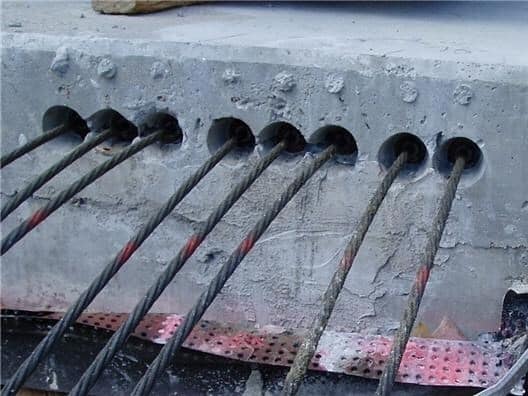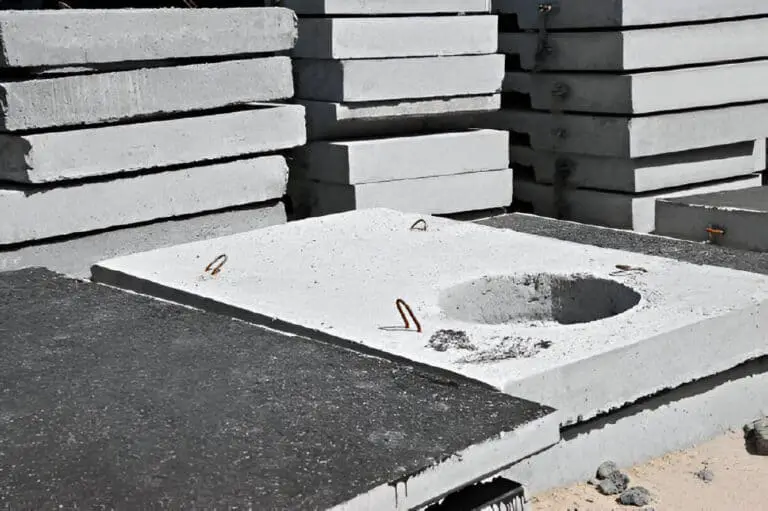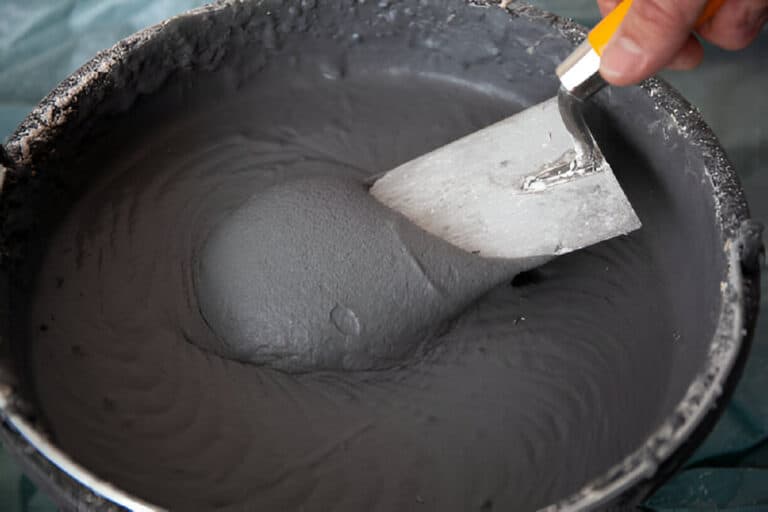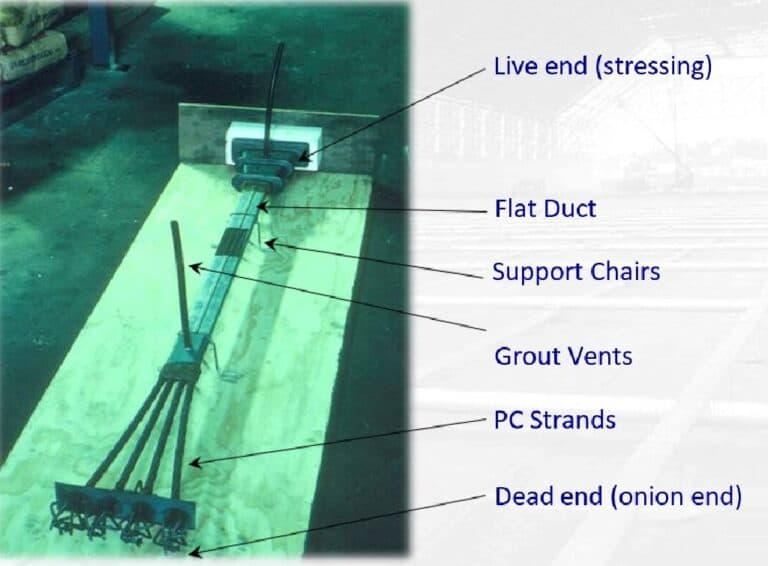How Long Does Reinforced Concrete Last? (Life Span of Reinforced Concrete)
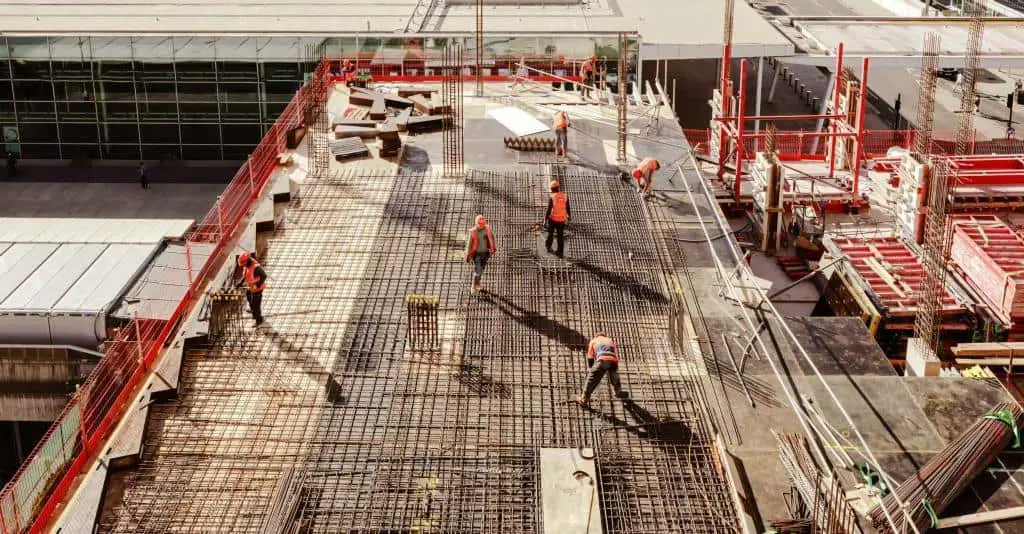
Reinforced concrete is a material that’s commonly used in modern construction. From roads to skyscrapers, it’s hard to imagine a world without them.
But have you ever stopped to wonder, how long does reinforced concrete last? Is it a material that lasts forever, or does it have a limited lifespan? These are important questions for engineers, architects, and anyone who wants to build something that will stand the test of time.
In this article, we’ll explore the lifespan of reinforced concrete and what factors can affect its longevity. So buckle up and get ready to learn about one of the most important materials in modern construction!
Understanding Reinforced Concrete
Reinforced concrete is a composite material that consists of concrete and reinforcing steel bars or meshes. The steel bars or meshes are embedded within the concrete to provide additional strength and prevent cracking. The combination of concrete and steel creates a strong, durable material that can withstand heavy loads and harsh environments.
Reinforced concrete has several advantages over other construction materials. It is fire-resistant, weather-resistant, and can resist natural disasters such as earthquakes and hurricanes. Additionally, reinforced concrete has a low maintenance cost and is relatively easy to repair if damaged.
Factors Affecting the Lifespan of Reinforced Concrete
While reinforced concrete is durable, several factors can affect its lifespan. These factors include:
1. Quality of Materials Used
The quality of the materials used in making reinforced concrete affects its lifespan. If low-quality materials are used, the concrete may not last as long as it should. For instance, if the steel bars used are not strong enough, they may corrode quickly, leading to cracking and ultimately, failure of the concrete structure.
2. Design and Construction
The design and construction of a reinforced concrete structure play a significant role in its lifespan. If the design is flawed, or the construction is not done correctly, the structure may not last as long as it should. Poor construction practices, such as inadequate curing, improper compaction, or insufficient cover for the steel bars, can also lead to the premature failure of reinforced concrete.
3. Environmental Factors
Environmental factors such as temperature changes, moisture, and exposure to chemicals can affect the lifespan of reinforced concrete. If the concrete is exposed to extreme temperatures, it may expand and contract, leading to cracking and eventually, failure.
Exposure to moisture can cause corrosion of the steel bars, leading to the weakening of the concrete structure. Furthermore, exposure to chemicals such as acids and salts can corrode the steel bars, leading to cracking and ultimately failure of the structure.
How Long Does Reinforced Concrete Last?
Generally, reinforced concrete structures can last for several decades if well designed, constructed, and maintained.
The American Concrete Institute (ACI) recommends a minimum design life of 50 years for reinforced concrete structures. However, some structures can last much longer than this, depending on several factors.
Reinforced Concrete Buildings
Reinforced concrete buildings can last for several decades, up to a century or more, depending on the quality of the materials used and the maintenance practices employed. For instance, the Empire State Building in New York City, which was completed in 1931, is still standing and in use today.
Reinforced Concrete Bridges
Reinforced concrete bridges can last for several decades, as much as 100 years, subject to the durability of the components used and the maintenance practices employed. As an example, the Buck O’Neil Bridge in Kansas City, which was completed in 1956, is still standing and in use today.
Reinforced Concrete Dams
Reinforced concrete dams can last for decades, even centuries, depending on the quality of the materials used and the maintenance practices used. For instance, the Hoover Dam, which was completed in 1936, is still standing and in use today.
Reinforced Concrete Roads
Reinforced concrete roads can last for several decades, up to 30-40 years or more, depending on several factors, such as traffic volume, environmental factors, and maintenance practices. With proper maintenance and repair, the lifespan of reinforced concrete roads can be extended.
Improving the Lifespan of Reinforced Concrete
The lifespan of reinforced concrete structures can be affected by a number of factors, including environmental conditions, design flaws, and inadequate maintenance.
To improve the lifespan of reinforced concrete, various measures can be taken during the design and construction processes, as well as through regular inspection and maintenance.
One of the most effective ways to improve the lifespan of reinforced concrete is to use high-quality materials during the construction process. High-quality concrete, steel reinforcement, and additives can improve the strength and durability of the concrete, reducing the likelihood of damage and failure over time.
Additionally, the use of waterproofing membranes, protective coatings, and sealants can help reduce the exposure of the concrete to water, chemicals, and other environmental factors that can cause corrosion or deterioration.
Proper design and detailing are also critical to improving the lifespan of reinforced concrete structures. The design of the structure should take into account the expected environmental conditions, the anticipated loadings, and the potential for corrosion or other types of damage. Proper detailing of reinforcement, joints, and connections can also reduce the potential for damage and improve the overall durability of the structure.
Regular inspection and maintenance are essential to maintaining the long-term durability and safety of reinforced concrete structures. Routine inspections can identify any signs of damage or wear and tear, allowing for repairs to be made before they become more serious. Maintenance activities can include cleaning, painting, and sealing to prevent the buildup of contaminants or damage from the environment.
Maintenance and Repair of Reinforced Concrete
To ensure the longevity of reinforced concrete structures, proper maintenance and repair practices must be employed. These practices include:
Regular Inspection
Regular inspections should be carried out to identify any signs of damage or deterioration. Early detection of any issues can prevent more extensive damage and costly repairs.
Cleaning and Sealing
Cleaning and sealing the concrete surface can help protect the steel bars from corrosion and prevent moisture from penetrating the concrete. Additionally, sealing the surface can help prevent the buildup of dirt and other contaminants that can damage the surface.
Repair of Cracks and Damage
Cracks and other forms of damage to the concrete should be repaired promptly to prevent further damage and to ensure the structural integrity of the concrete. Small cracks can be repaired using epoxy injections, while larger cracks may require the replacement of the affected concrete section.
Protection Against Corrosion
The steel bars used in reinforced concrete are susceptible to corrosion, which can weaken the structure over time. To protect against corrosion, steel bars can be coated with a protective layer or wrapped in a non-corrosive material.
Corrosion and Its Effects on Reinforced Concrete
Reinforced concrete’s long-term durability can be affected by corrosion, which is one of the most common and serious problems faced by reinforced concrete structures. Corrosion refers to the gradual breakdown of metal caused by chemical reactions between the metal, water, and oxygen, resulting in the formation of rust.
The corrosion of reinforced concrete primarily occurs when the steel reinforcement is exposed to moisture or chloride ions that penetrate the concrete. Moisture can enter concrete through cracks or porous concrete surfaces, while chloride ions can be present in seawater or in the deicing salts used on roads and bridges during the winter.
The presence of moisture and chloride ions can accelerate the corrosion process and lead to the weakening of the steel reinforcement, which in turn can lead to the eventual failure of the concrete structure.
The effects of corrosion on reinforced concrete can be severe and far-reaching. As the steel reinforcement corrodes, it expands, causing the surrounding concrete to crack and spall. This can result in visible signs of damage, such as cracks and fissures in the concrete, and can ultimately compromise the structural integrity of the reinforced concrete structure.
Corrosion can also lead to a reduction in the bond strength between the steel reinforcement and the surrounding concrete, which can further weaken the structure and increase the risk of collapse.
To mitigate the effects of corrosion on reinforced concrete, several measures can be taken during the design and construction processes. The use of high-quality concrete, waterproofing membranes, and protective coatings can help reduce the exposure of steel reinforcement to moisture and chloride ions. Additionally, regular inspections and maintenance can help identify and repair any damage caused by corrosion, thereby prolonging the life of the reinforced concrete structure.

